Slope Stability Assessment Services
At Chambers, we specialize in conducting thorough slope stability assessments to identify potential risks and design effective remedial solutions. Our expert evaluations ensure that slopes, embankments, and related structures remain safe and functional, protecting both lives and investments. With advanced modeling techniques and state-of-the-art analysis, we provide clear, actionable insights to support informed decision-making in design and construction.

What We Do
Our slope stability assessments are designed to:

Recommend Remedial Solutions
Develop effective strategies to mitigate risks and enhance slope stability.
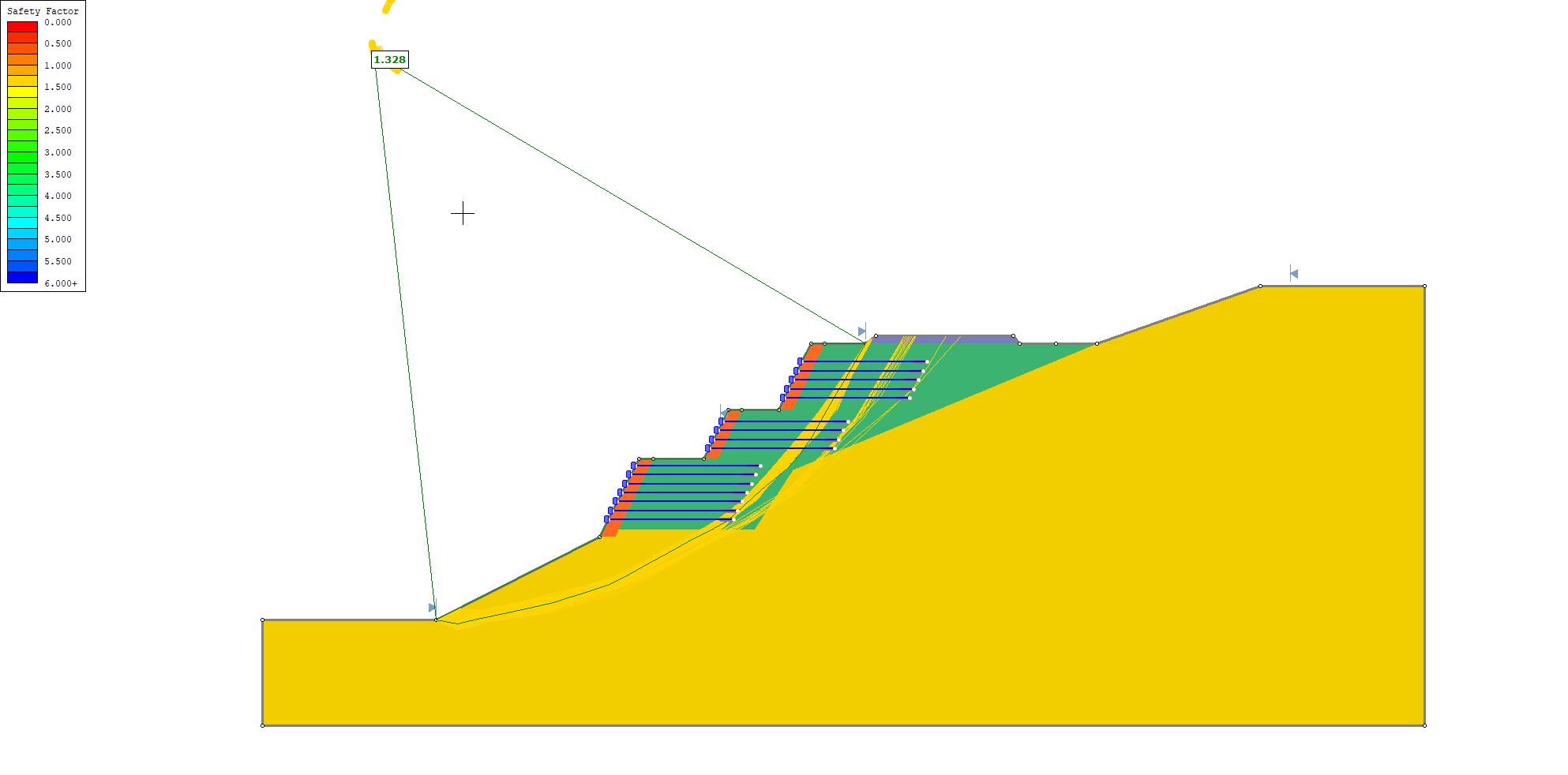
Model Stability
Use advanced computational models to simulate slope behavior under various conditions.
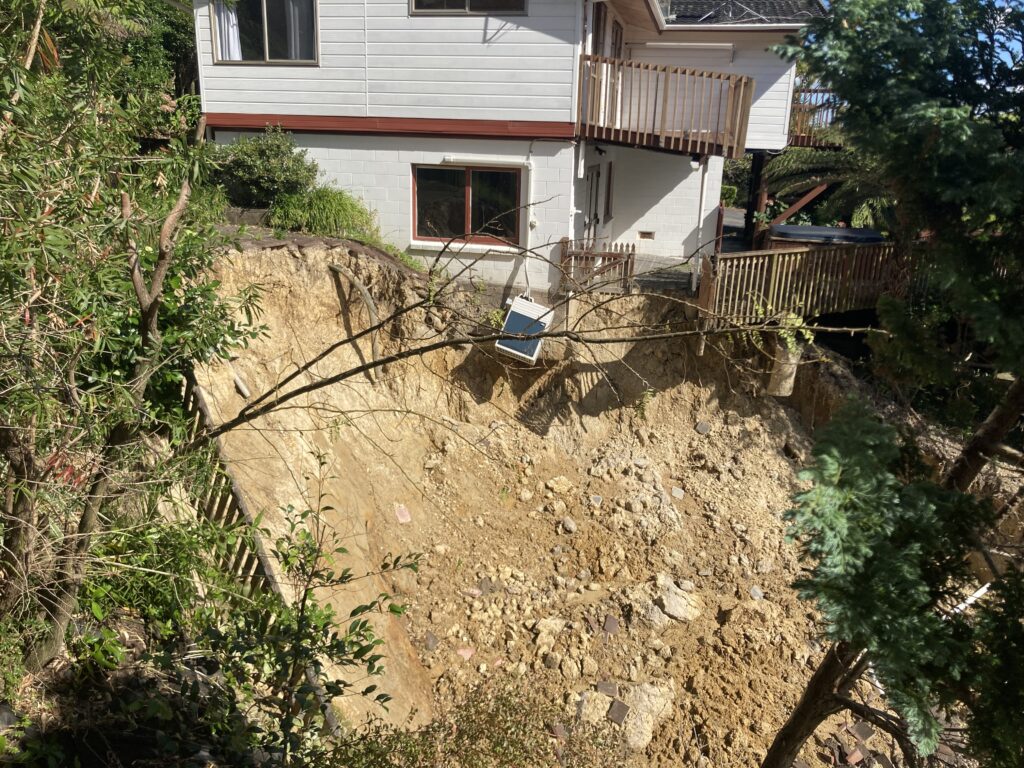
Identify Risks
Evaluate the inherent hazards associated with slopes and embankments.
By understanding the unique geological and environmental factors of your site, we tailor our approach to ensure the long-term stability and safety of your project.
Our Key Services

Risk Analysis
We begin by assessing the potential hazards:
- Site Evaluation: Detailed inspection and mapping of slope geometry, soil conditions, and existing vegetation.
- Historical Data Review: Analysis of previous incidents, rainfall patterns, and seismic activities that may influence slope behavior.
- Hazard Identification: Pinpointing zones susceptible to erosion, landslides, or other destabilizing factors.
- Risk Ranking: Quantifying potential risks to prioritize areas for further analysis.

Stability Modelling
We simulate and predict slope performance under various scenarios:
- Geotechnical Analysis: Evaluating soil strength, cohesion, and friction angle using laboratory data and in-situ tests.
- Computational Modeling: Using advanced software to simulate slope behavior under static and dynamic loads.
- Scenario Testing: Analyzing the impact of natural events (e.g., heavy rainfall, earthquakes) on slope stability.
- Safety Factor Calculation: Determining the factor of safety to gauge the likelihood of slope failure.

Remedial Solutions
We develop customized solutions to enhance slope stability:
- Design Recommendations: Proposing drainage improvements, retaining structures, or vegetation strategies to stabilize slopes.
- Engineering Interventions: Outlining construction methods for soil reinforcement, rock bolting, or anchoring systems.
- Monitoring Plans: Suggesting installation of instrumentation for continuous slope monitoring and early-warning systems.
- Cost-Benefit Analysis: Balancing remediation options with project budget and long-term maintenance needs.
How We Do It
Our structured approach ensures that every slope stability assessment is accurate, comprehensive, and actionable:
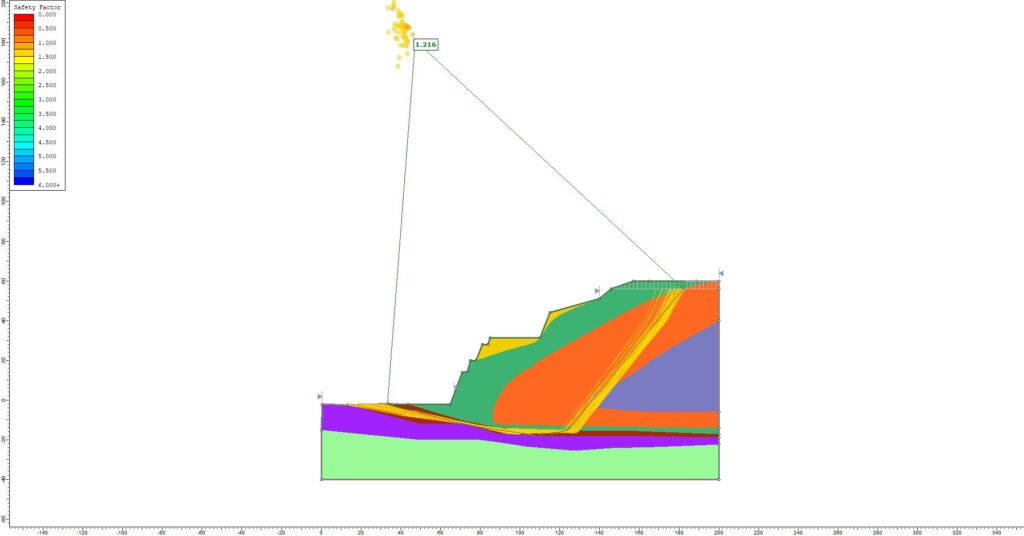
3. Data Analysis
Laboratory test results and field data are integrated into sophisticated modeling software.
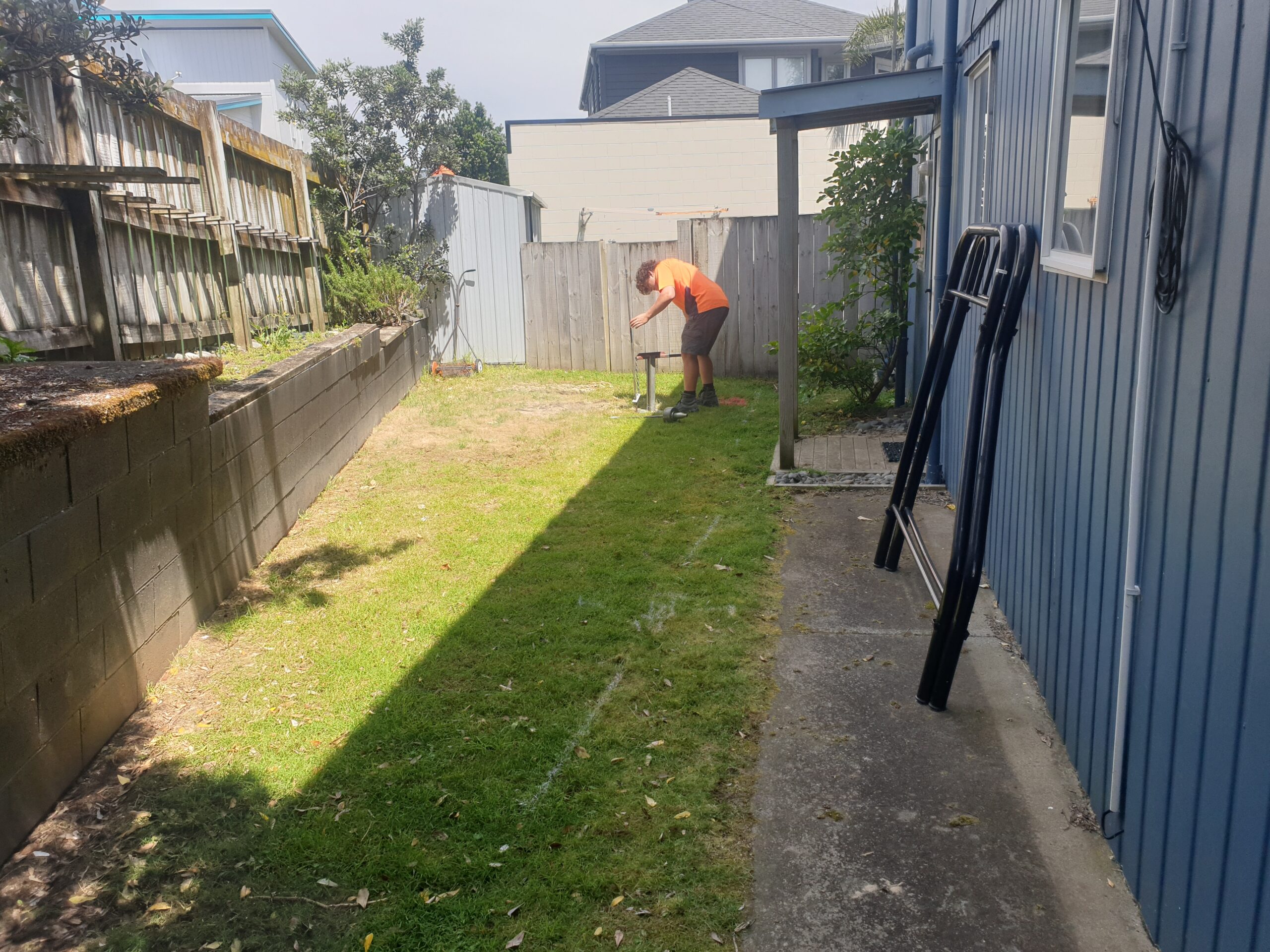
2. Field Investigation
Our team conducts detailed site surveys, collects soil samples, and documents slope characteristics.

1. Initial Consultation
We discuss your project objectives, site-specific concerns, and historical context.

6. Reporting & Follow-Up
We deliver comprehensive reports with actionable insights and offer ongoing support for implementation and monitoring.
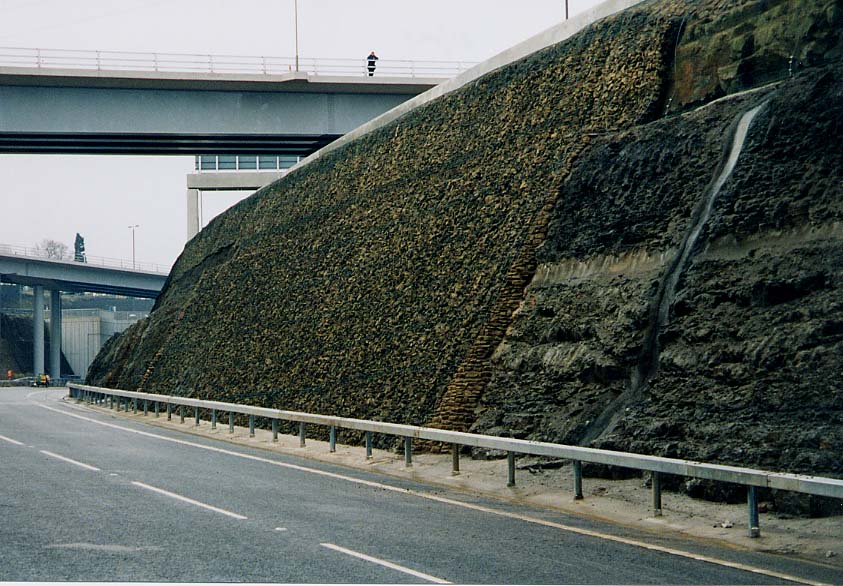
5. Solution Development
Based on our findings, we develop tailored recommendations and remedial strategies.

4. Risk & Stability Evaluation
We simulate various loading and environmental scenarios to determine the slope’s factor of safety.
Innovation & Technology
We leverage the latest tools and technologies to enhance the accuracy and reliability of our slope stability assessments:
Advanced Simulation Software
Advanced Simulation Software
Advanced Simulation Software
- State-of-the-art modeling tools provide detailed predictions of slope behavior.
Remote Sensing & GIS Mapping
Remote Sensing & GIS Mapping
Remote Sensing & GIS Mapping
- High-resolution aerial imagery and geographic information systems allow for precise site characterization.
Real-Time Monitoring Instruments
Real-Time Monitoring Instruments
Real-Time Monitoring Instruments
- Innovative sensors and data loggers enable continuous tracking of slope movement and environmental changes.
Automated Data Integration
Automated Data Integration
Automated Data Integration
- Cutting-edge software facilitates seamless integration of field data and laboratory results for comprehensive analysis.
Sustainability & Impact
Our approach to slope stability is not only focused on safety but also on sustainable development:
- Preventative Risk Management: Early detection and remediation help avoid costly repairs and environmental damage.
- Long-Term Durability: Remedial solutions are designed to provide lasting stability, reducing future maintenance and intervention needs.
- Environmental Protection: Sustainable engineering practices minimize the ecological footprint while enhancing natural stabilization processes.
- Community Safety: Effective slope management protects infrastructure and lives, contributing to resilient, thriving communities.
Industries We Serve
Our slope stability assessments support a wide range of sectors:

Government & Municipalities
We help public agencies assess and mitigate risks for highways, public works, and community infrastructure projects.

Residential & Commercial Developments
Our evaluations ensure that new developments are built on stable ground, reducing liability and enhancing long-term value.
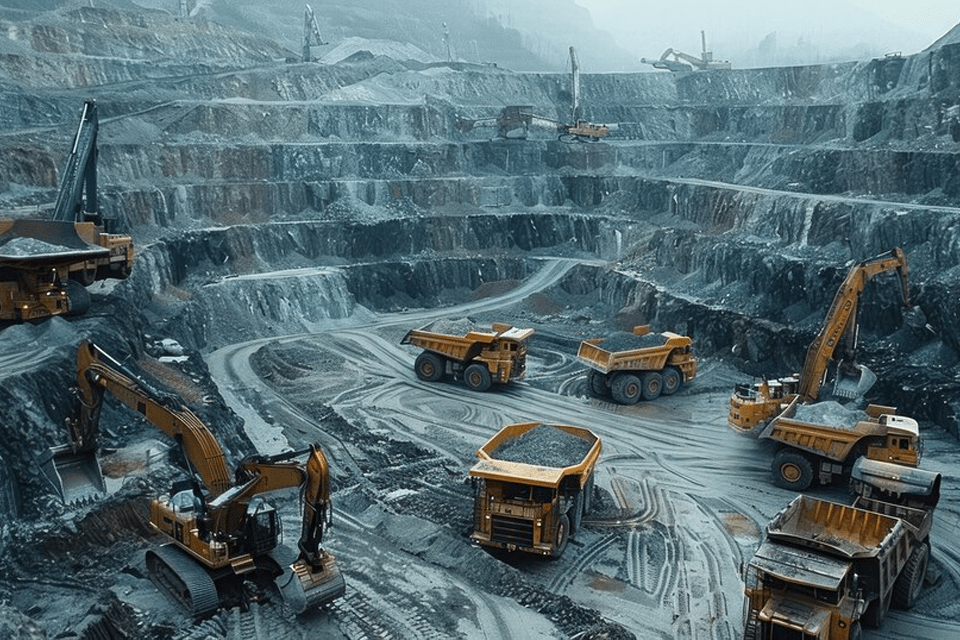
Industrial & Mining Operations
Our expertise safeguards critical infrastructure in industrial and mining environments where slope stability is paramount.

Transportation & Infrastructure
We support the design and maintenance of roads, railways, and embankments, ensuring safety and reliability under diverse conditions.

Environmental & Remediation Projects
We assist in environmental restoration projects by identifying and mitigating natural hazards, promoting sustainable land use.
Why Ground Investigations are Important
Slope stability assessments are a critical component of risk management in construction and land development:

Regulatory Compliance
Comprehensive investigations ensure adherence to local, state, and national building standards.

Cost Efficiency
Early identification of potential issues reduces the likelihood of expensive emergency repairs and long-term maintenance.

Safety Assurance
Preventing slope failures protects lives, property, and infrastructure.

Project Longevity
By designing and implementing effective remedial measures, projects can achieve greater durability and sustainability.

Environmental Protection
Proper management of slopes minimizes erosion, sedimentation, and other environmental impacts.
Investing in thorough slope stability assessments is essential for creating secure, resilient, and sustainable infrastructure.
FAQs
Have questions? We have answers:
What is the purpose of a slope stability assessment?
Slope stability assessments evaluate the potential risks associated with slopes and embankments, helping to inform design decisions and remedial solutions that ensure long-term stability and safety.
How are stability models created?
We integrate field data, laboratory test results, and advanced simulation software to model the behavior of slopes under various loading and environmental conditions.
What types of remedial solutions do you recommend?
Depending on the assessment, remedial solutions may include drainage improvements, retaining structures, soil reinforcement, vegetation strategies, or a combination of these measures.
For more detailed answers, please visit our FAQ page or contact our team directly.
Contact Us
Ready to secure your project with a comprehensive slope stability assessment? Reach out today to discuss your needs, request a quote, or learn more about our services
contact with us
Our Other Services

Ready to Get Started?
Ready to discuss your project? We’re here to help!









How often do you recommend active monitoring vs. passive remediation like vegetation stabilization?
It depends on the site’s risk level and project goals. Active monitoring is recommended for high-risk or sensitive sites, while passive methods like vegetation stabilization are suitable for stable, low-risk areas. We assess each case individually to choose the most effective approach.
Are your services suitable for residential sites near natural hillsides?
Yes, our services are well-suited for residential sites near natural hillsides. We conduct thorough site assessments, including geological and geotechnical evaluations, to ensure the stability of the hillside and recommend the best solutions for slope stability, drainage, and foundation integrity. This helps mitigate risks and ensures safe development on challenging terrain.
How long does a full slope stability assessment usually take, from consultation to report delivery?
The duration of a full slope stability assessment typically ranges from a few weeks to a few months, depending on site complexity, data collection methods, and analysis requirements.
The use of real time monitoring instruments sets a high bar for ongoing slope safety management.
It’s impressive how you tailor each solution based on site-specific data and long-term durability.
Your approach to slope risk analysis is incredibly detailed really shows your commitment to safety and sustainability and that is the best thing about your company
The value you add to industrial and mining projects can’t be overstated